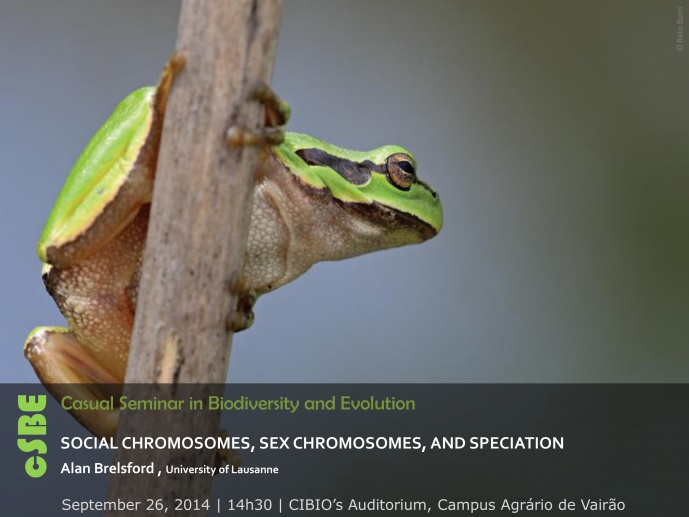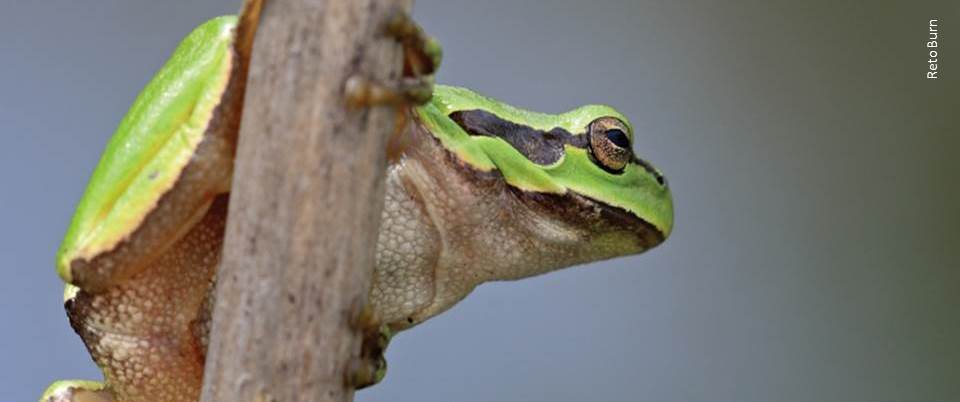SOCIAL CHROMOSOMES, SEX CHROMOSOMES, AND SPECIATION

CASUAL SEMINAR IN BIODIVERSITY AND EVOLUTION

Coadapted gene complexes, or supergenes, are often involved in species differences. In this talk, I will present research on two supergenes: a chromosome controlling social organization in the ant Formica selysi, and the sex chromosome in the frogs Hyla arborea and H. orientalis. In ants, we show that a non-recombining chromosome is perfectly associated with the presence of multiple queens in a colony. This newly discovered social chromosome is similar to the one previously described in fire ants, but the two chromosomes are not homologous and do not overlap in gene content. These results demonstrate the importance of suppressed recombination for the maintenance of adaptive polymorphism, even when speciation does not occur. In the frog system, I test whether homomorphic sex chromosomes are hotspots for reproductive barrier loci. Average clines for sex-linked markers are significantly narrower than for autosomal markers, indicating reduced introgression. Our finding of a "large X effect" in a species without a degenerated Y chromosome provides insight into the relationship between sex chromosomes and speciation.
Alan became interested in evolutionary genetics during his PhD at University of British Columbia with Darren Irwin, where he studied past and current introgression among incipient species of warblers in North America. As a postdoc at University of Lausanne with Nicolas Perrin, his current research interest is to identify genomic regions associated with evolutionarily important traits, and use variation at those regions to understand the history of those traits. Traits and study systems that he is currently working on include sex determination in frogs, male color pattern in warblers, and colony-level social organization in ants. Alan uses association mapping and admixture mapping in natural populations, based on SNP data from genotyping-by-sequencing (GBS, ddRAD). For further information, please see Alan’s profile.
Host: Catarina Pinho, Population Genetics, Hybridization and Speciation